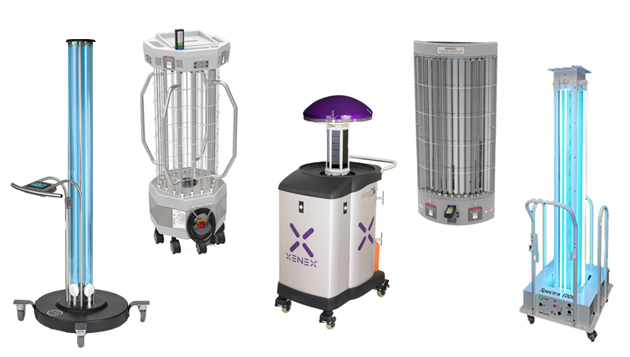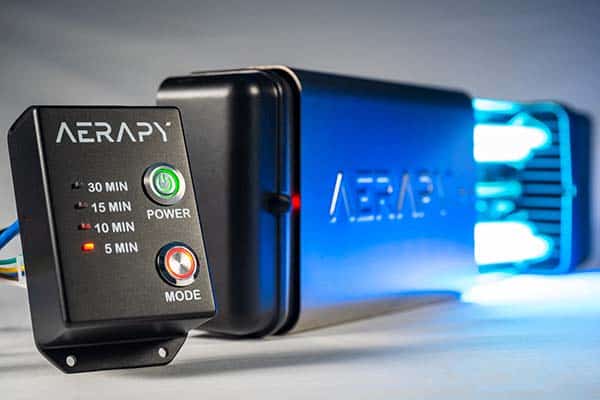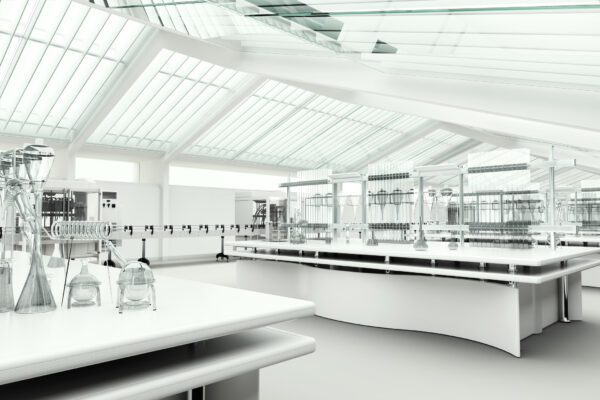Checking Out the Conveniences of Far UVC Light: Transforming Indoor Air Top Quality
One such solution that has actually gotten interest is Far UVC light. How specifically does Far UVC light job? In this discussion, we will discover the remarkable world of Far UVC light and reveal its possibility in transforming the way we guard our interior atmospheres.
How Much UVC Light Functions
Far UVC light functions by emitting short-wavelength ultraviolet light that has the capacity to permeate and inactivate microbes. Unlike standard UV light, which can be damaging to human skin and eyes, far UVC light has a much shorter wavelength that is absorbed by the external layers of human skin, avoiding it from reaching the underlying living cells. This makes it a secure and effective option for continual disinfection in busy areas.
When much UVC light is sent out, it engages with the DNA and RNA of bacteria, consisting of infections and bacteria, interrupting their capability to reproduce and triggering them to come to be inactive. The high power of the short-wavelength light damages the molecular structure of the hereditary material, stopping the bacteria from spreading out and recreating.

Furthermore, much UVC light can be quickly integrated right into existing illumination fixtures, making it a cost-effective solution for a large range of applications, consisting of health care facilities, colleges, workplaces, and mass transit. Its ability to continuously sanitize occupied areas without posturing a threat to human wellness makes much UVC light a promising technology in the field of indoor air quality management.
Far UVC Light's Influence on Airborne Pathogens
The impact of far UVC light on airborne pathogens is significant in decreasing the transmission of infectious diseases and improving indoor air top quality. Far UVC light refers to a specific series of ultraviolet light that has a wavelength in between 207 and 222 nanometers. Unlike standard UVC light, which is harmful to human skin and eyes, much UVC light has actually been located to be secure for people while still being efficient against pathogens.
Studies have actually revealed that far UVC light has the ability to inactivate a variety of air-borne viruses, including the flu infection and the coronavirus (far-uvc). These microorganisms are transmitted via respiratory system beads, and by utilizing far UVC light, it is feasible to minimize their practicality and prevent their spread
Among the crucial advantages of making use of much UVC light is its ability to get to all locations of a room. Unlike various other sanitation techniques that might have restricted reach, far UVC light can be mounted in above lighting components, making sure that the entire room is treated. This makes it especially effective in jampacked areas such as hospitals, colleges, and public transportation.
In addition, far UVC light can be used constantly without positioning a threat to human health and wellness. It can be implemented as component of a comprehensive method to improve interior air quality by lowering the concentration of air-borne pathogens. By integrating much UVC light into existing air flow systems, it is possible to produce more secure and healthier interior environments.
Health And Wellness Conveniences of Far UVC Light
Utilizing much UVC light provides various wellness benefits, making it a useful device in promoting public health and wellness and safety and security. Far UVC light has actually been found to successfully kill airborne virus, such as infections and microorganisms, without damaging human skin or eyes. This makes it a suitable remedy for sanitizing interior atmospheres and lowering the risk of infections.
One of the crucial wellness advantages of far UVC light is its capability to deal with the spread of air-borne conditions. Studies have shown that much UVC light can effectively inactivate viruses like influenza and tuberculosis. By mounting far UVC lights in public spaces, such as healthcare facilities, workplaces, and colleges, the transmission additional reading of these diseases can be considerably decreased.
Additionally, far UVC light has actually been located to be secure for constant exposure, as it does not cause skin damage or raise the threat of skin cancer cells. This is because of the fact that much UVC light has a minimal series of infiltration in human skin, avoiding any kind of damage to deeper layers.
Along with its direct influence on airborne pathogens, much UVC light can likewise have indirect health and wellness benefits. By reducing the visibility of unsafe microbes airborne, it can enhance indoor air top quality, causing a decrease in respiratory system signs and allergies.
Much UVC Light's Function in Decreasing Allergens

Far UVC light, with its wavelength in the variety of 207 to 222 nanometers, has been confirmed to be efficient in suspending bacteria, fungi, and infections. Recent research studies have also shown that it can successfully minimize the presence of allergens in interior rooms. When much UVC light is produced, it communicates with the DNA and RNA of microbes, damaging their hereditary material and stopping their replication.
Far UVC Light's Prospective in Public Spaces
With its tested effectiveness in decreasing allergens and inactivating bacteria, much UVC light holds great possible for application in public areas. Public spaces, such as medical facilities, airports, workplaces, and institutions, are typically crowded and vulnerable to the spread of airborne diseases. Integrating much UVC light modern technology in these areas can significantly boost indoor air quality and minimize the transmission of dangerous pathogens.
One promising application of far UVC light in public areas remains in ventilation systems - far-uvc. By setting up far UVC lamps in a/c systems, the innovation can sanitize the air as it distributes, properly minimizing the focus of airborne viruses and bacteria. This technique can help stop the spread of illness such as consumption, covid-19, and flu, advertising a much healthier and safer environment for owners
Additionally, far UVC light can be employed in the disinfection of frequently touched surfaces. High-touch areas in public areas, such as doorknobs, hand rails, and lift buttons, can nurture a wide range of pathogens. By purposefully positioning much UVC lights in these areas, the innovation can continually disinfect surfaces, minimizing the risk of contamination and transmission.
In addition, making use of far UVC light in public rooms is safe for human direct exposure. Unlike standard UVC light, which can be dangerous to human skin and eyes, far UVC light has been shown to be risk-free and safe for continuous operation in occupied rooms. This makes it an ideal solution for boosting indoor air quality without positioning any type of wellness dangers to people.
Verdict

Far UVC light works by emitting short-wavelength ultraviolet light that has the capability to pass through and inactivate bacteria. Unlike conventional UV light, which can be unsafe to human skin and eyes, far UVC light has a much shorter wavelength that is taken in by the external layers of human skin, preventing it from getting to the underlying living cells. Far UVC light refers to a particular range of ultraviolet light that has a wavelength in between 207 see and 222 nanometers. over at this website Unlike traditional UVC light, which is harmful to human skin and eyes, much UVC light has actually been located to be risk-free for people while still being effective against pathogens.
Unlike traditional UVC light, which can be unsafe to human skin and eyes, much UVC light has been shown to be non-toxic and risk-free for continuous operation in busy areas.
Comments on “Using Far-UVC Innovation for Advanced UV Sanitizers: Your Key to Healthier Spaces”